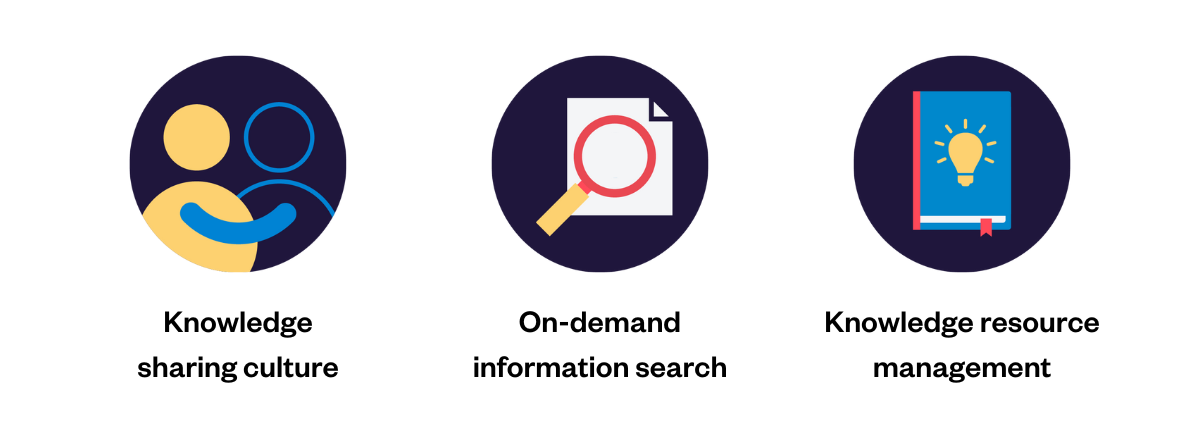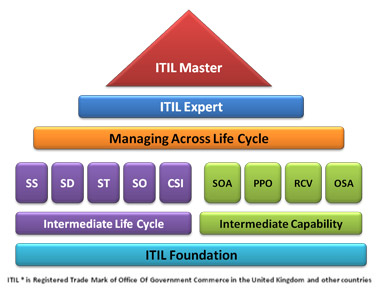
These collections of knowledge also help improve the services delivered, which can be achieved with both short-term and long-term objectives. Checking the frequently asked questions, key search words, customer service experiences, and results from survey.Performing a knowledge gap analysis to understand what technicians currently know and what they need to know do the same job efficiently.The first step in creating a knowledge management system is to evaluate and find what information would add value to the IT service desk and provide the most benefit. Identifying knowledge management objectives KCS combines and elevates customer support and knowledge management in a service desk with efficient workflow. This means when a technician provides a solution, the solution gets added to the knowledge base under the right category, so that it will pop up when the key search terms are used whenever a user looks for an article. It also focuses on making knowledge easily available and usable by the target users. KCS focuses on capturing, structuring, and storing knowledge in the workflow. Having role-based access to articles is one way to restrict access to sensitive information.Īlso, with methodologies like knowledge centered services (KCS), service desks can leverage a sophisticated workflow that views If the acquired knowledge isn't made available to the entire service desk, it gets isolated, valuable knowledge does not get analyzed, and it fails to make the transition from the individual to the service desk. The effectiveness of the explicit knowledge transfer done within the service desk is measured with metrics such as incidents that request for knowledge, average diagnosis and repair time for incidents fixed in-house, and incidents resolved by referring to knowledge articles. The effectiveness of tacit knowledge transfer and the learning curve can be measured by conducting exams and tests. Paired work, which puts two employees together-one new employee learning from one experienced employee who's leaving the company.


The existing knowledge it uses currently.


The knowledge gap is defined as the difference between the knowledge an IT service desk needs and The first step to creating a knowledge management strategy is identifying the knowledge gaps existing in To meet knowledge management goals, the knowledge manager must formulate a strategy to identify the types of knowledge needed. The key knowledge management processes are knowledge management strategy, knowledge transfer, and information


 0 kommentar(er)
0 kommentar(er)
